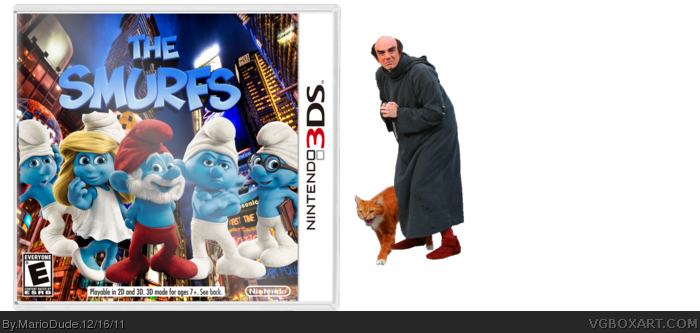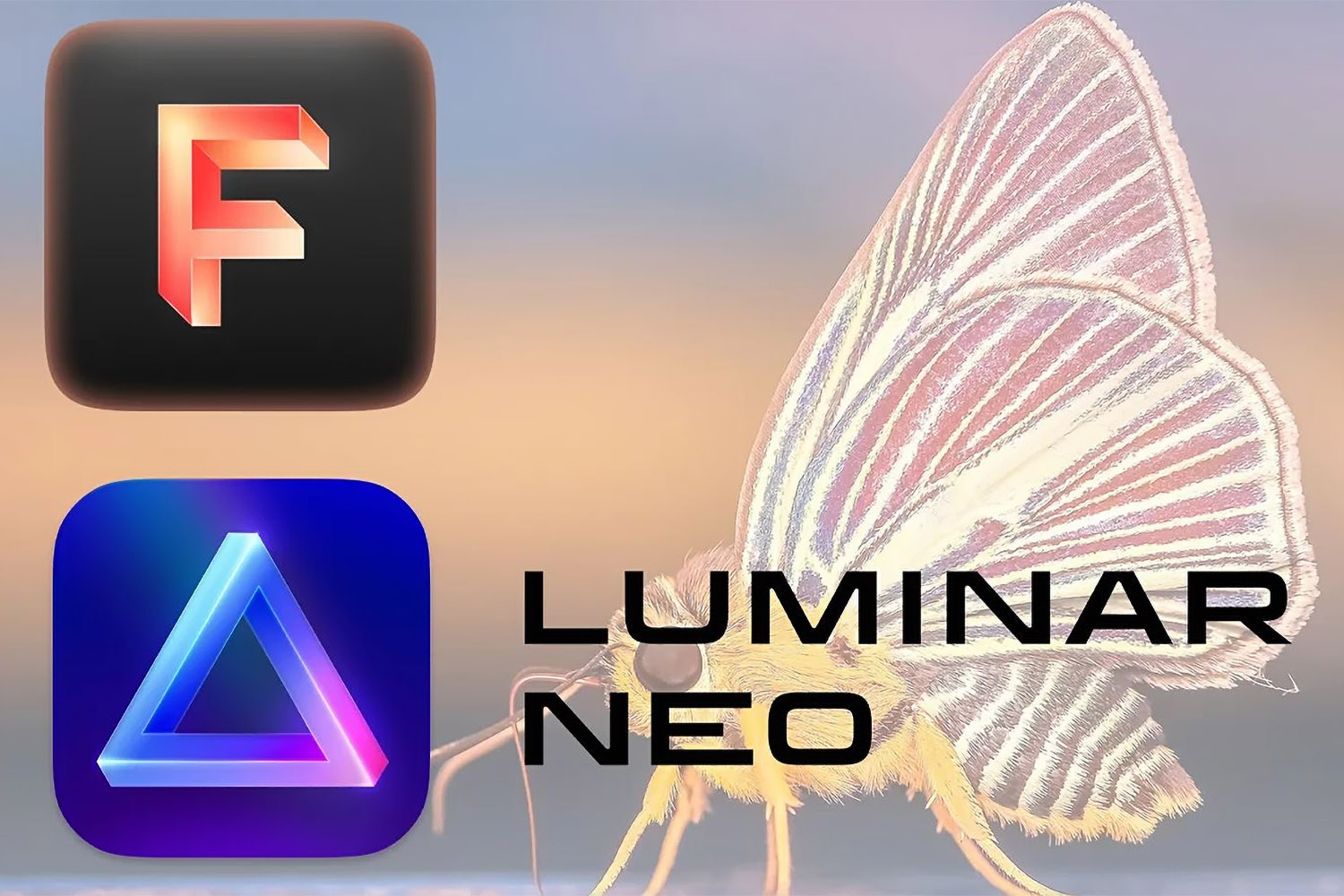
(You can also combine the masking options to create more complex edits, but this can get confusing. Or you can mask without layers, where you mask on an adjustment by adjustment basis. Now that you’re familiar with the different masking tools at your disposal, let’s look at how you can use masking for beautiful edits: Masking in Luminar: The 2 Methods Note that you can find these masking options in the Layers tab, by opening the Edit Mask dropdown:

However, this form of masking is more complex and requires careful explanation – so, for now, focus on your other three methods of masking (which are extremely, extremely useful). This is helpful when working with the landscape you can use a gradient to selectively darken the sky and to selectively brighten the foreground.įourth, you can use a Luminosity mask to apply adjustments based on different brightness levels in your image. Third, you can use a Gradient mask to apply adjustments gradually, as a gradient. This is useful for times when you have broadly circular areas you’d like to apply adjustments to, such as a face, or even the flower I showed earlier: Second, you can use a Radial mask to apply adjustments to circular areas of your image. For instance, if I wanted to create a mask around a leaf, I would use the masking brush – nothing else would allow me to easily work around the (complexly-shaped) leaf: This is good for careful masking, when you need to selectively mask a complex area of your photo.

In other words, you can hide (or reveal) certain areas of your photo in a few different ways.įirst, you can use a masking Brush to paint on image adjustments. In Luminar 4, you have several useful masking options. The Luminar Essential Panel How to Use Layers in Luminar Ratings, Flags, and Folders in Luminar 11 Luminar Shortcuts to Speed Up Your Workflow Types of Luminar Masks: Your 4 Choices Now let’s take a look at how to use masking within Luminar. You can use masking with sharpening, noise reduction, white balance adjustments, and so much more.

Instead of saturating everything, I can mask out the areas of the photo I don’t need saturated.Īnd then, when I push up the saturated slider, I end up with a photo just like I wanted:Īnd masking isn’t just used for saturation adjustments. Yet masking lets you do something different. …but I would only end up with a photo that’s more saturated everywhere. If all I have to work with is a saturation slider, then I’m out of luck. Say I wanted to saturate the center of this photo, but I wanted the background to remain less vibrant: Masking is a post-processing function that allows you to hide, or mask, select areas of a photo from being edited.

But if you prefer to read rather than watch, don’t worry! The rest of this article will make you a mask expert in no time.


 0 kommentar(er)
0 kommentar(er)
